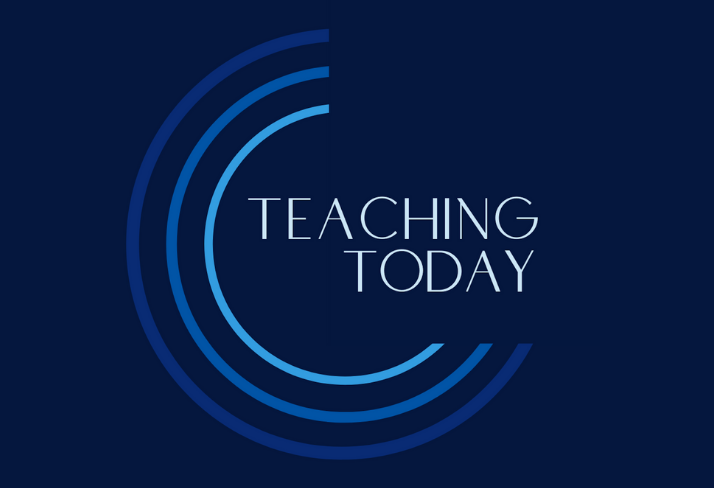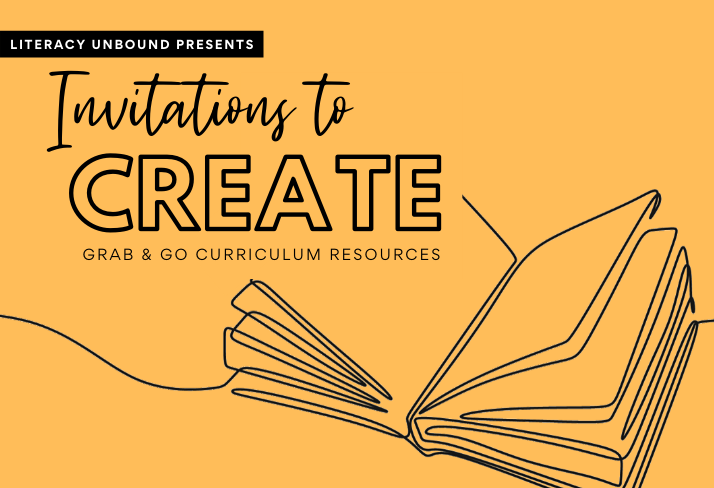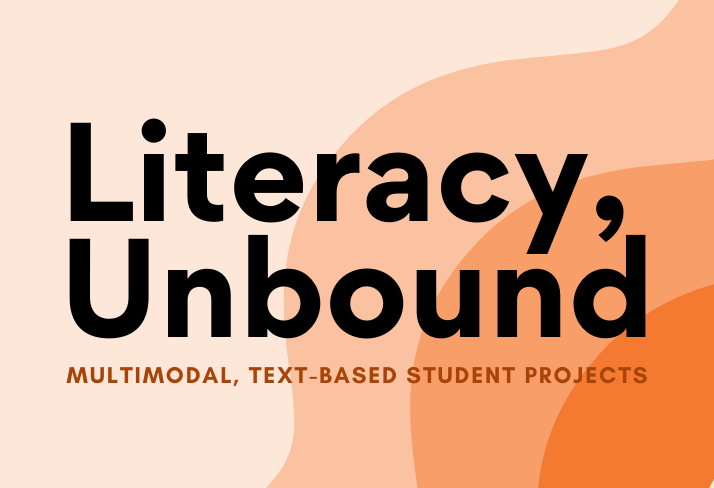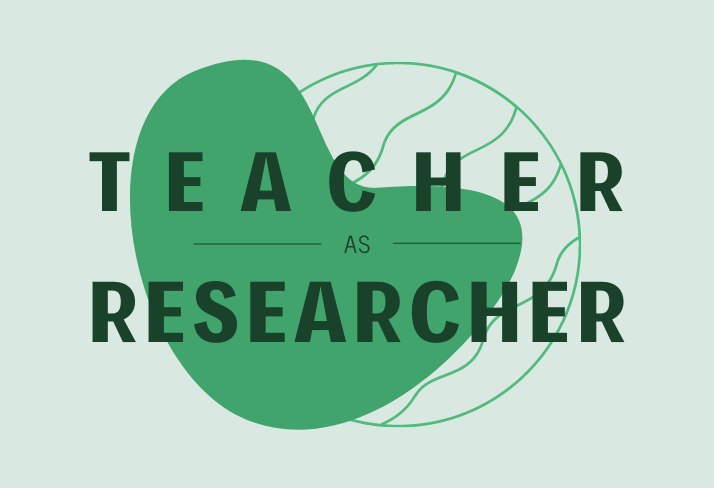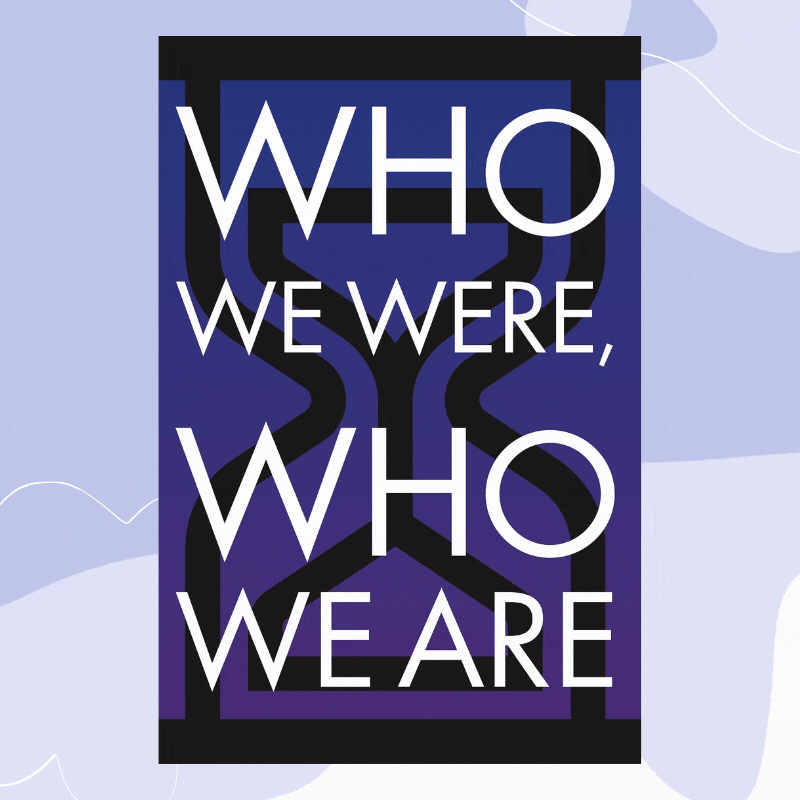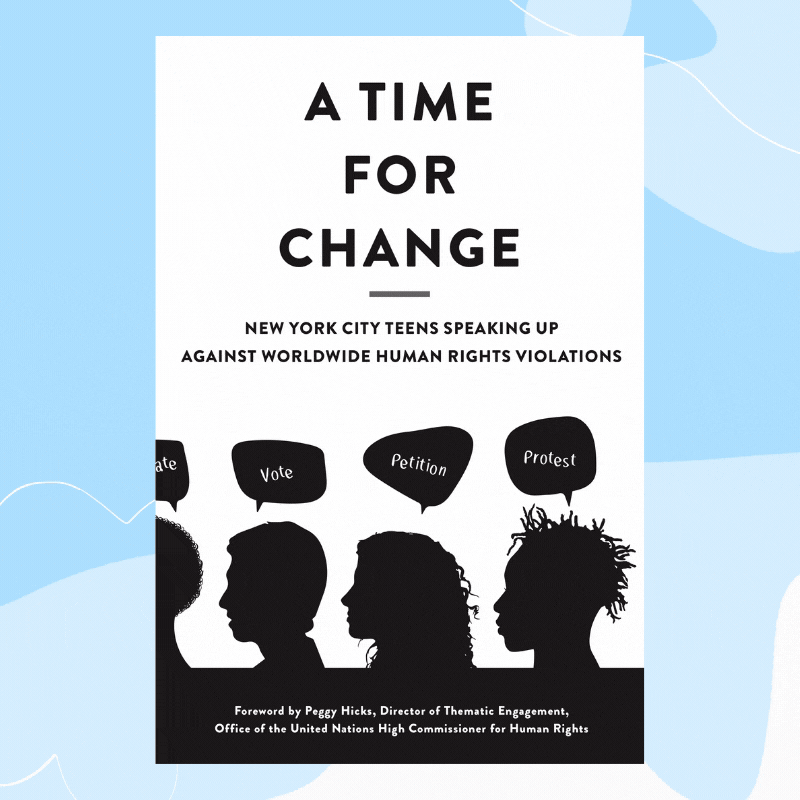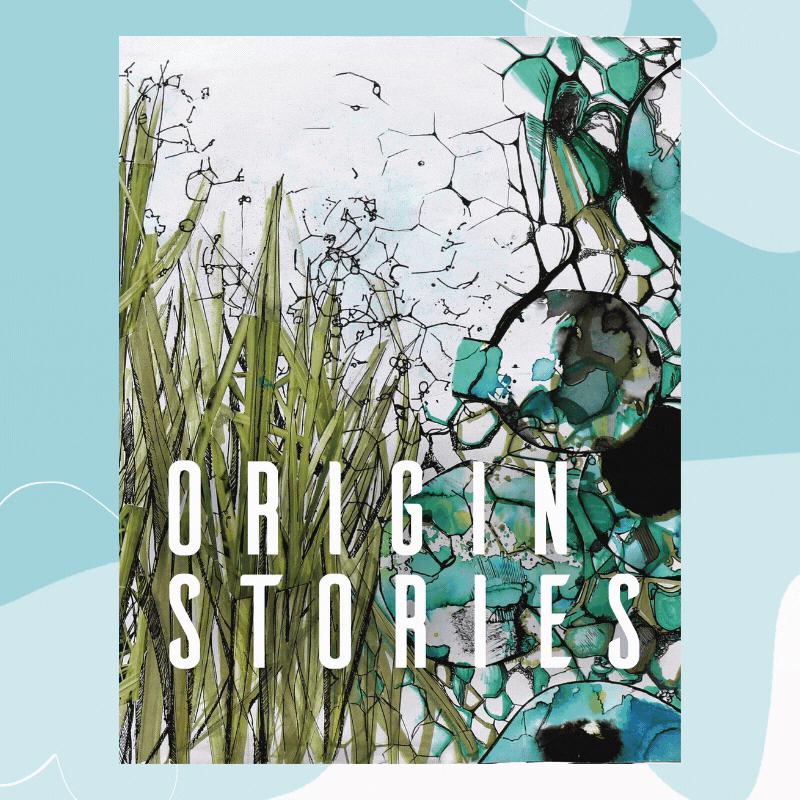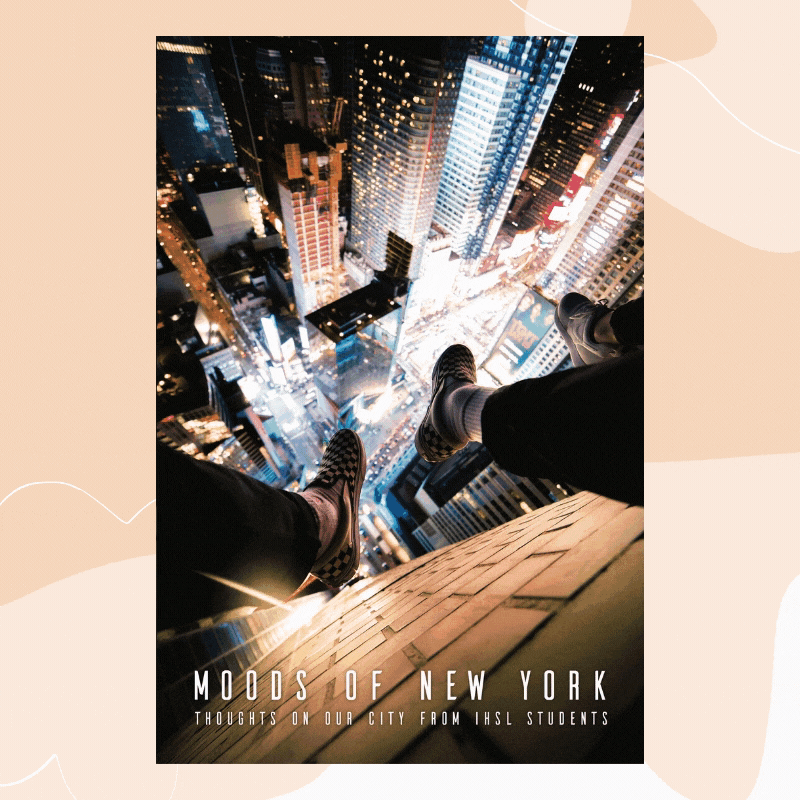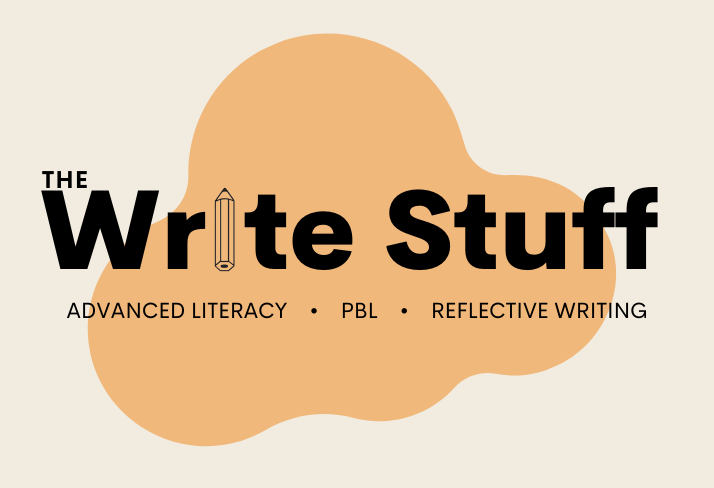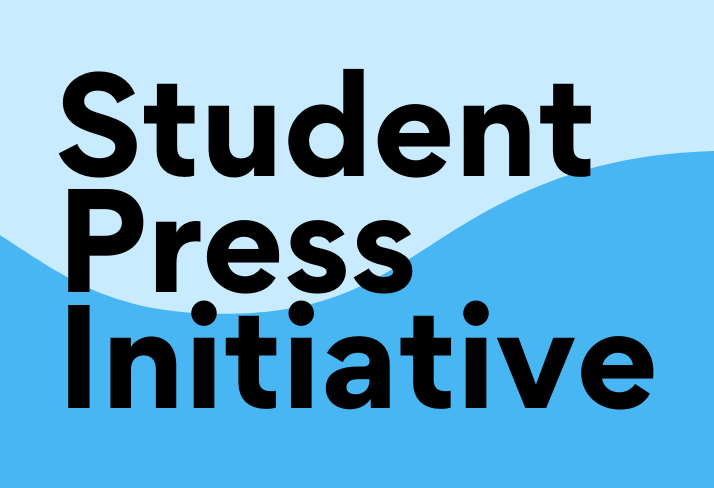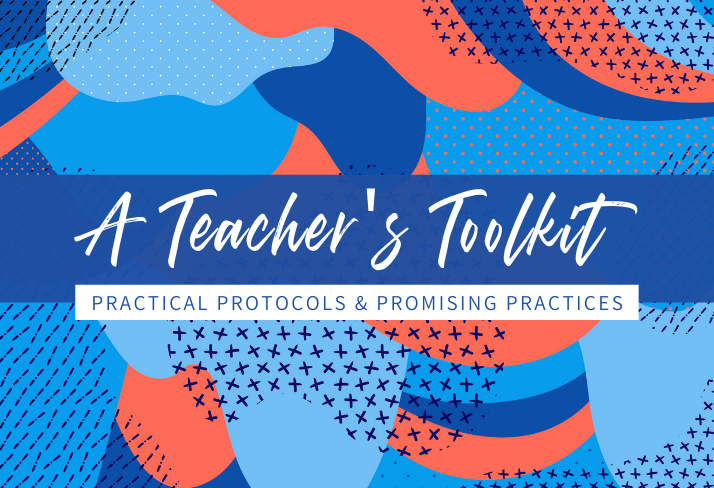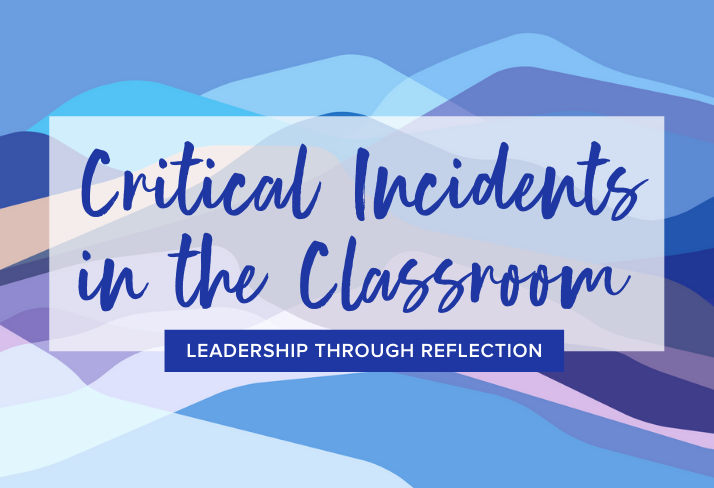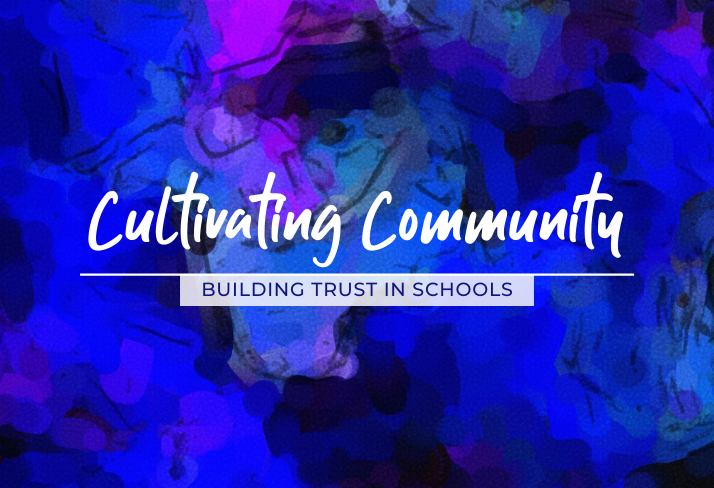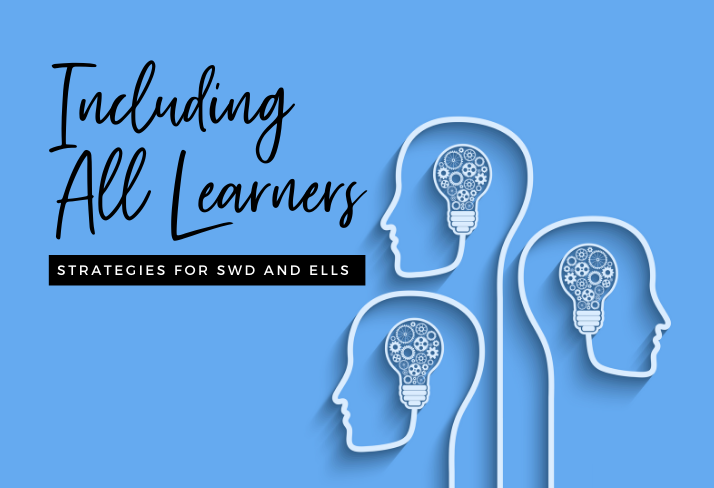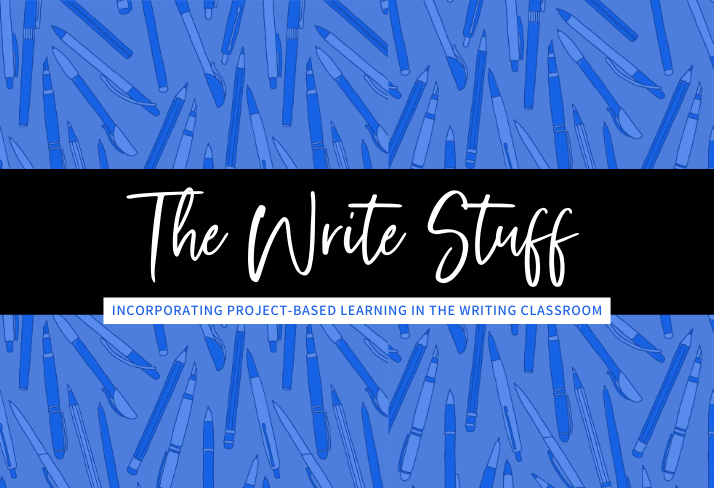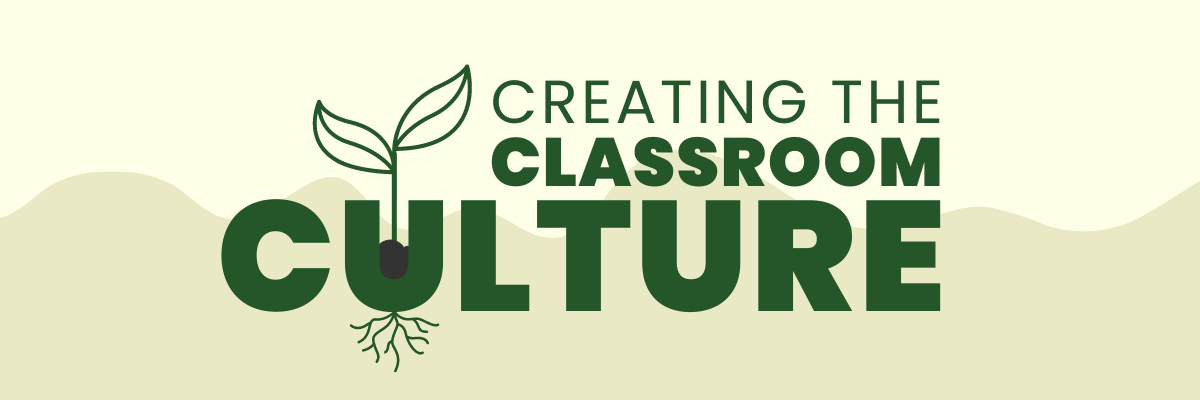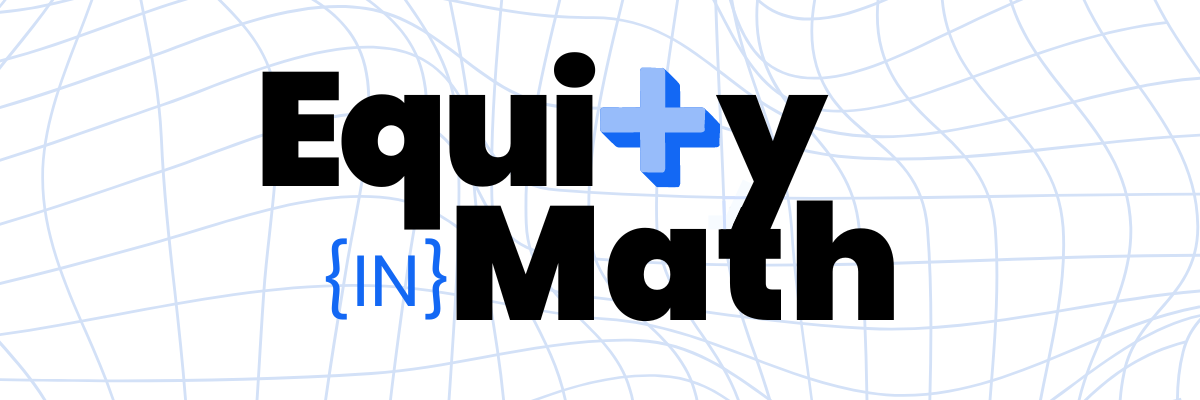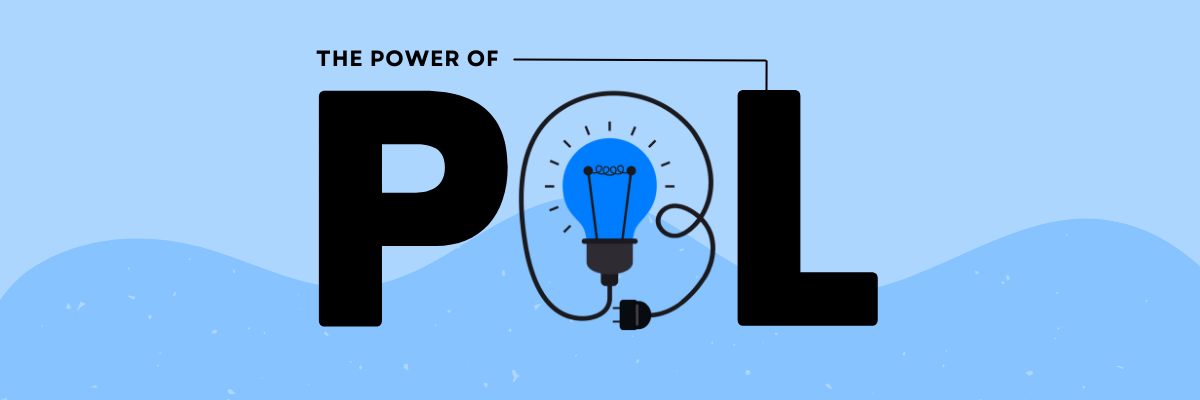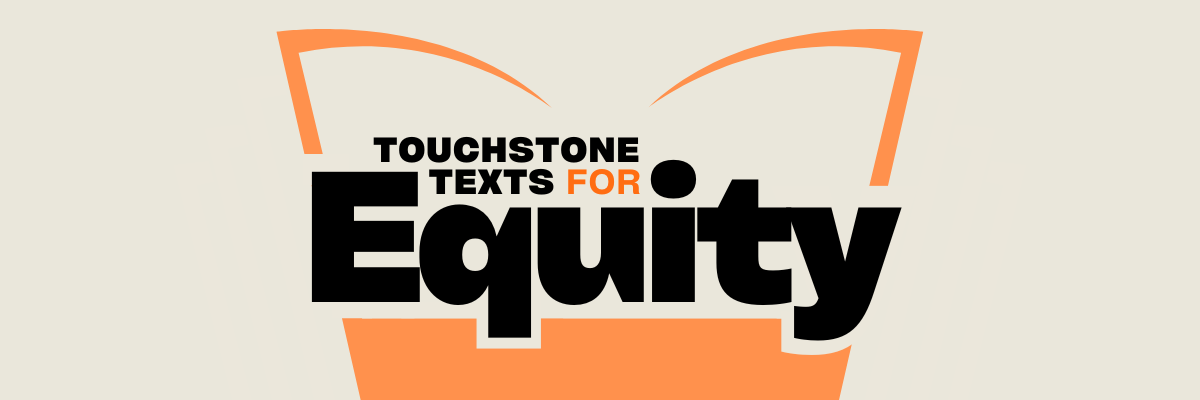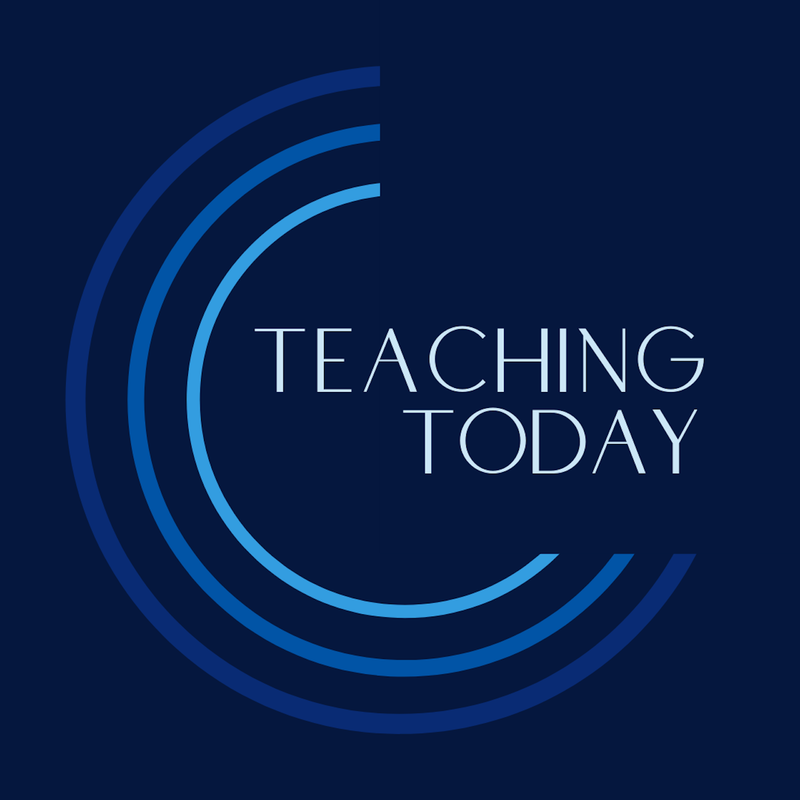|
Educators at all levels can benefit from working alongside a coach for continuous professional improvement.
The term “coach” often evokes memories of professional sports — like Phil Jackson and the Chicago Bulls in the NBA, or Don Shula and the Miami Dolphins in the NFL. Both coaches are credited with winning championships and encouraging athletes such as Michael Jordan and Dan Marino to become Hall of Fame inductees. But coaching is not limited to sports — and in schools, instructional coaches act as liaisons between research and practice, helping teachers learn to improve their practices in a reflective, supportive setting. Although instructional coaches may not enjoy the same salaries or notoriety as athletic coaches, they have become a policy lever for districts to improve instructional practice.
When establishing a coaching relationship or a professional learning community within a school, there are some essential questions to address: How does coaching work in educational spaces? What is the difference between coaching adults and teaching children? What are some of the practices that coaches use to support educators? How does coaching remain flexible and effective, regardless of whether the educators you’re working with are new to the classroom, or have spent years working as teachers, counselors, and administrators? No matter the situation, there is value in educators of all levels working alongside a coach for continuous professional improvement.
Student vs. adult learners
For most instructional coaches, the biggest difference in shifting from teaching children to coaching adults is recognizing the needs of adult learners. (For more on this, check out Stephen Brookfield’s work on Understanding and Facilitating Adult Learners). As educational coaches, we want to be as cognizant of what teachers need to learn, as well as how they will learn best. Our first goal is to create a safe and supportive community with multiple opportunities for reflection. Educators often experience feelings of isolation or uncertainty as they confront new challenges, in both physical and digital classroom spaces. Our goal is to name these challenges and equip educators with a toolkit they can use while teaching. We recognize that coaching in education can look different depending on the context, needs, and desires of the educator — it may include 1:1 coaching sessions and reflective discussions, team-building with small groups, facilitation of teacher teams, or whole school or even district-wide professional development opportunities. However, one thing is true regardless of the context: adult learners often ask, what’s in it for me? before investing their time and energy. Their time is valuable, and they need the learning experience to concretely further their professional practice. Adult learners also bring more experience and expertise to the coaching relationship. Coaches should strive to honor this knowledge, while simultaneously offering engaging, effective facilitation and reflection. Approaching vs. prescribing A core component of coaching work is the relationship. Whether it’s between the coach and the teacher, the coach and school administrators, or the coach and the faculty community, we prioritize the professionalism and humanity of our partners as we strive to get to know them personally. When teachers invite us into their classrooms, into their lesson plans, and into their most challenging professional situations, we know how important it is to be trustworthy, to listen with empathy, to ask questions, and respect boundaries. We are there as thought partners who can offer an outside opinion based on research and our own personal expertise. We recognize the strengths that each of our teachers bring and create opportunities to cultivate those strengths when in professional learning settings. Similar to students, no two teachers are exactly the same, nor will their approaches to teaching be the same — but we can support them in developing a teaching strategy and style that is consistent with highly effective instructional practices as they strive to meet students’ needs. Our work is guided by five principles of practice, also known as the 5Cs:
Knowing when coaching is working
How do we know if what we're doing is working? This is one of the best and maybe most challenging questions about coaching. In the context of many standards-based state and federal reform efforts, instructional coaches are playing an increasingly important role as “professional sense makers” who develop expertise in academic content standards to help administrators and teachers translate them into classroom practices. Because it can take time for a teacher to make the changes in mindsets that enable them to adjust teaching practices, instructional changes may occur in small increments. Therefore, measuring "effectiveness" is not a one-size-fits-all task. While coaching is often unpredictable, it’s extremely important to have a plan and clear goals, developed collaboratively between school leaders, teachers, and their coaches. By monitoring our progress toward the goals, we’re able to track leading and lagging indicators that represent changing practices. Smaller shifts — such as shifts in mindsets, the language a teacher uses, or small incremental shifts in their practice — are recognizable when a coach is deeply engaged in a teacher’s practice. In addition to tracking the leading indicators, or small shifts in practice, we can also look at the lagging indicators or larger moves that demonstrate significant changes over time. We look at three elements to determine effective coaching practices. First, we look to determine if teachers implement what they’ve been learning, or what they’ve been talking about with their coach. It demonstrates effective coaching if after a workshop or coaching session, the teacher begins implementing a strategy or practice they learned from the experience, even if it isn’t implemented with textbook precision. Trying something new is evidence that the coaching was impactful. Second, we look to see if the teacher begins to initiate requests for further support. Teachers who are finding coaching valuable often take the initiative to request additional support, articulate future goals, and ask specific questions to refine their practice. Finally, we want to be able to connect the dots between the coaching guidance, teacher practice, and an increase in student achievement.
Similar to athletic coaches that help professional athletes thrive and take their skills and talents to new heights, instructional coaches allow teachers to apply their learning more deeply, frequently, and consistently than teachers working alone. Coaching supports teachers as they improve their capacity to reflect and apply their learning to their work with students, and also in their work with each other. With supportive environments and thoughtful reflection coupled with sound facilitation practices, coaching can have a significant impact on teachers' practice.
Offer your students an opportunity to authentically engage with content, even when learning remotely.
Over the past year, school has been a rollercoaster event filled with openings, closings, virtual connections, and dramatic shifts in teaching and learning techniques and experiences. No matter the grade level or subject area, our learning spaces have been completely redefined. And it isn’t just due to in-person or online learning schedules — many teachers are finding that what worked in person may not be working as well online or in other virtual settings. Additionally, changes to state tests and other accountability measures have created opportunities for teachers to redesign their teaching methods and learning outcomes to authentically engage students in the core elements of their content areas.
Finding ways to engage students in content can be difficult, particularly when so much teaching and learning is happening remotely. We understand this challenge. Our Literacy Unbound team faced the same concerns about how to engage teachers and students in our 2020 Summer Institute — traditionally a 2-week, in-person immersive learning experience. Rooted in the belief that students learn best through authentic inquiry, curiosity, and through the multimodal embodiment of a text, Literacy Unbound brings teachers and students together with teaching artists to explore the in-depth themes of a shared text, independently. In a typical summer, we would develop a series of Invitations to Create as a way to invite and entice students into the world of the text. These invitations might prompt readers to journal, draw, collage, create a playlist, or explore some other form of expression related to a key quote or “hotspot” in the text. As readers collect their responses, they traditionally come together for a dynamic experience in which they construct an original performance based on their responses to the invitations. While much of the in-person institute needed a complete redesign to fit a virtual institute, the structure of Invitations to Create did not. Invitations provide the perfect setup for virtual reading, writing, and collaboration. And they come with plenty of choice, freedom, and personal exploration, which means that participants can be authentically engaged from the very beginning.
Creating your invitation
Even though Invitations to Create begin as prompts to pieces of literature, they’re extremely flexible and are a promising practice for all content areas and grade levels during remote and/or blended learning experiences. How can we begin to incorporate invitations into curriculum for math, science, and social studies, and beyond? To get a sneak peek of the process, we’ve developed the sample below to experiment with Invitations in Mathematics, adapted from A Guide to Crafting Invitations to Create by Dr. Nathan Allan Blom. Note: As you read, look for the examples in blue of building an invitation for A Mathematician’s Lament.
Step 1: Jot
Whatever the content, there are literacy expectations in your field. What are the reading and writing requirements in your field? In your course(s)? In the exam? Jot down some of your thinking as a warm-up. Step 2: Identify What is a text you go back to over and over again that you want to introduce to your students — or -- what is a text you already plan to use in a future lesson? Have the text handy.
A Mathematician’s Lament by Paul Lockhart
Step 3: Choose Choose a “hotspot” within the text. This is a passage of the text that captures your attention. Typically, it’s helpful if a hotspot contains:
Explain in a few words the context of the hotspot within the larger text.
In the first chapter, the author shares about a nightmare an artist has about how art is taught so that children don’t hold a paintbrush until they are young adults. Instead, they learn about art for years before they experience it for themselves. He says that life is very much like that in the real world of mathematics:
“Everyone knows that something is wrong. The politicians say, “We need higher standards.” The schools say, “We need more money and equipment.” Educators say one thing, and teachers say another. They are all wrong. The only people who understand what is going on are the ones most often blamed and least often heard: the students. They say, 'Math class is stupid and boring,' and they are right.” Step 4: Offer Offer an idea you had or a connection you made during your reading. Share with the voice of a fellow student, rather than an authority on the subject.
This makes me wonder how much more often math is seen as boring instead of beautiful.
Step 5: Connect Connect the hotspot to a piece of media to illustrate and/or extend your connections, questions, or ideas. Explore media to find something that connects and inspires you, like:
Video: The Beauty of Mathematics
Step 6: Prompt Create your prompt, using this structure: In whatever way seems best to you (equation, movement, experiment, poetry, prose, music, art, video, etc.), explore ______. Let's look at our invitation for A Mathematician’s Lament created from steps 1 - 6:
A Mathematician’s Lament by Paul Lockhart
In the first chapter, the author shares about a nightmare an artist has about how art is taught so that children don’t hold a paintbrush until they are young adults. Instead, they learn about art for years before they experience it for themselves. He says that life is very much like that in the real world of mathematics: “Everyone knows that something is wrong. The politicians say, “We need higher standards.” The schools say, “We need more money and equipment.” Educators say one thing, and teachers say another. They are all wrong. The only people who understand what is going on are the ones most often blamed and least often heard: the students. They say, 'Math class is stupid and boring,' and they are right.” This makes me wonder how much more often math is seen as boring instead of beautiful. Listen and watch this: The Beauty of Mathematics In whatever way seems best to you (equation, collage, drawing, music, etc.), explore the idea that, in the real world, math is beautiful. Include directions about how students will share their creation with you and each other. This process supports students to make their own meaning of the text, and is also a way for you and your students to experience an invitation together, whether you’re in the same concrete or virtual space. If possible, create your own response to the invitation and share it at the same time your students share theirs.
Each invitation offers an opportunity to reflect, analyze, and synthesize the text at hand. Once the invitations have been developed, students are invested in their interpretations and eager to share their ideas. This sharing is a powerful tool, inspiring motivation and encouragement across the community.
What can you invite students to create using this simple and effective structure?
This time of uncertainty can create new opportunities to cultivate 21st century skills.
In 2011, three researchers embarked on a journey to better understand how high-achieving schools around the world were preparing students for the 21st century. Their research took them to seven countries, hundreds of classrooms, and thousands of samples of student work. This seminal research had two significant results: first, the development of the original Global Capacities Framework — an outline of essential domains and capacities that outlines students’ needs in education for the next 100 years; and second, a dynamic, collaborative community of K-12 schools and university partners who appreciated the learning experience so much that they didn’t want the research to end. And that’s the story of how the Global Learning Alliance (GLA) came to be.
The founding members of the GLA — from the US, Finland and Singapore — formed the Governing Board, and the community grew to include delegations from China, Australia, Denmark, Sweden, Canada, and South Africa. With roughly 15 partner organizations and 60 individual delegate members, the community comes together every two years to share promising practices, find connections on global issues, and deepen the research into developing 21st century skills through cross-cultural, project-based learning experiences. Professor Suzanne Choo of the National Institute of Education (NIE) in Singapore — one of the original researchers and the leader of our student research projects — said she is hopeful that these types of deep project work can not only jump-start students’ academic skills, but can be a bridge for students to develop lifelong friendships.
Cross-cultural collaborations
The biennial Global Learning Alliance Summit was scheduled to kick off in New York City earlier this year, with a focus on fostering a sense of student belonging at school. Enter: Coronavirus. As we collaborated with colleagues around the world, we were cognizant that COVID-19 was going to have a major impact on the Asian delegations — but we were hopeful that everything would blow over in a few months, so we proceeded with our planning. (Spoiler alert: it did not blow over.) We began discussing the need to postpone the event on behalf of our partners who were being slammed with cases in late February and early March, and then COVID-19 hit home. Rocked by COVID’s impact on schools, every country has continued to make critical decisions that affect not only students’ learning, but their lives. We’ve learned a lot from one another as we’ve continued our collaborations during this time, and ironically, we’re still talking about the responsibility of schools to create a sense of belonging and connection for students. In fact, this issue seems even more important during a time of disrupted learning. Our approach to implementing cross-cultural projects for students has had a major impact on the development of 21st century mindsets, (outlined in our Global Mindset Framework) that can support students to tackle challenges like COVID-19 in the future. COVID-19 has undoubtedly interrupted the opportunities for the GLA to meet together in person, but it has also reaffirmed the value of cross-cultural collaborations for students, school leaders, and academic scholars. Teachers College Professor Ruth Vinz reflected, “At all levels, what these projects can do is help us to make connections. When we work together, we learn together.” Clarinda Choh, Director of Staff Development at Singapore’s Hwa Chong Institution, believes that cross-cultural projects build a deeper awareness on learning how students learn, helping students and educators to bring attention to their similarities.
Embracing 21st century mindsets
As we reflect on the Global Mindset Framework in light of the current health, economic, and political crisis, it seems more relevant than ever before. In particular, cultivating a Global Consciousness requires us to engage in Real-World Problem-Solving. In many ways, we are living through a case study of what to do — and what not to do —when approaching problem-solving on a global scale. Using current events, media sources, and government responses around the world will be instructive in how we are able to learn from these experiences and support students to develop the problem-solving and collaboration skills they need as they grow into adulthood. At best, these are uncertain and unsettling times. Ironically, one of the 21st century skills that I have struggled with, Appreciating Ambiguity, is the one that’s most needed right now. We are learning to shift our mindsets to hold multiple truths: these are very difficult times, and we don’t know what the long lasting impact will be. In times of great uncertainty, there are opportunities for deep learning, powerful collaborations, and inspiring innovations. We don’t yet know when to expect the end of this global crisis we’re in, but we do know that the best way to get through it is together. That being said, one of the Framework’s skills I’m most inspired by right now is the ability to Imagine. Especially when walking in uncharted territory, it is so easy to become overwhelmed by the pressures and fears within each day. It’s too easy to focus on what should be, rather than on what is. But when we begin to imagine, when we begin to envision what has yet to become, the world of possibilities opens up before us.
One district's success with teacher-led passion projects.
COURTNEY BROWN
Senior Professional Development Advisor
When teachers are given space to imagine possibilities for their schools and students, time to refine their ideas, and the support necessary to implement new projects, what can they achieve?
Since 2017, we’ve been tackling this question through our collaboration with the North Plainfield, NJ district. In response to a statewide initiative to develop teacher leaders, the district leaders at North Plainfield tapped us to support this development process alongside the implementation of teacher-led passion projects across the district. These passion projects allowed teachers to identify and respond to district-wide issues, while gaining experience in initiating and executing district-wide improvements. To meet this complex goal, we designed our professional development as an inquiry cycle for teachers based on their interests and passions, while simultaneously studying adult learning theory. Using this model, participating teachers developed an action plan for implementing a passion project alongside an exploration of what it means to lead other adults through the role of a teacher leader. When designing projects with these types of goals, it’s important to focus on the foundational elements of adult learning theory, providing purposeful, practical, and empowering experiences that are directly related to teachers’ roles and responsibilities. Through meaningful experiences and discussions, we can provide opportunities to learn facilitation skills, explore action planning, and implement an extended inquiry process. Equally important in the design phase is the alignment with New Jersey State Standards and district-level goals. With this in mind, we can customize our professional development as needs evolve from year to year and project to project. The key is to focus on creating safe spaces for teacher leaders as they explore, practice, and reflect on their experiences.
How do you build teacher leaders?
As we begin working with teacher leaders, we make a commitment to read and share the unique elements of adult learning theory. Through training and experience, teacher leaders are well-equipped to plan and present instruction to children, but working with adults is different, and even the best teachers benefit from deepening their understanding of adult learning theory. With North Plainfield, we encouraged teachers to explore their own learning and leadership styles, and dedicated time for teachers to reflect on situations when they were nurtured by a leader, and what moves those leaders made to create a positive and productive environment. Alongside articles such as Pillars for Adult Learning, we asked teachers to identify their own learning styles within Ellie Drago Severson’s framework of ways of knowing, using a Four Corners protocol. Giving teachers time to explore who they are as leaders, teachers, and all of the identities they bring to their school allowed them to reimagine themselves as learners. We can (and should!) be both leaders and learners at the same time! In addition to exposing teacher leaders to adult learning theories, we infused literacy practices into our workshops so teachers could use them in their own classrooms. As we read excerpts from Malcolm Knowles’ articles on adult learning, and utilized a text rendering protocol as a model, we demonstrated how to pull key ideas from a text in a concise and collaborative way. Most importantly, we want our teacher leaders to understand that unlike teaching children, “Adults...tend to have a perspective of immediacy of application toward most of their learning. They engage in learning largely in response to pressures they feel from their current life situation” (Knowles). Using this concept as a guide, we recommend that teachers reflect on their own perceptions of positive leadership, as well as how they can directly apply these tangible qualities to their own work.
Starting and supporting a passion project
In his book Drive, Daniel Pink describes how motivation is developed through the combination of autonomy, opportunities for mastery, and a driving purpose. With our North Plainfield team — after establishing that as adult learners we all learn and process our learning in different capacities — it seemed only natural that we create space for teacher leaders to consider the issues they were passionate about and ways they might use their passions to enrich their school community. For their passion projects to be successful, we needed three critical components: Community of practice Before starting any training for teacher leaders — especially across a district, with teachers who may not usually work together — it is crucial to develop a safe space where participants feel supported and heard. Participants need to be willing to take risks, and also pilot, revise, and push restart on their plans. To help develop a community of practice, we used reflection and sharing strategies such as our Success and Dilemma protocol and A Picture Tells the Story. Administrator involvement We worked closely with North Plainfield’s administrators, who helped teachers with logistical questions and concerns throughout the year. The district is spread out across several schools, and when a group of teacher leaders was planning on implementing a committee to oversee functions and events that would create school spirit, the administrators were able to suggest teachers from other schools who might also be interested in joining this committee. As a result, district-wide events such as a reinvigorated pep rally and an evening fitness event for parents and students were created. This concept can be replicated in any school district where the administrators are a part of the professional learning. As outsiders to the school, we do not have the privilege to know all of the teachers in a district; this is where having engaged and supportive administration is crucial for bridging the gap between professional learning and teachers, particularly when the professional learning is designed to highlight teachers’ passions. Actionable goals Allow teachers time and space to brainstorm their passion projects, and use meeting time to plan them with actionable goals in mind. Dr. Roberta Lenger Kang's Strategic Planning for School Change article guided this idea as we worked to incorporate modified design thinking components for small groups into our time with North Plainfield, and as teachers developed individual and collaborative action plans. Approaching this process by first testing a plan and then piloting, tinkering, and iterating is a cycle that can be replicated by any school district — provided that everyone involved feels safe to take risks and fail forward.
What changes are being made in communities?
Teacher leaders are implementing so many wonderful passion projects in North Plainfield. Their projects are rooted in their passions, and their passions stemmed from improvements they wanted to make in their school community. In challenging areas, teachers saw new opportunities. Here are just a few examples:
Capitalizing on the passions of educators can spark change within a school community, and can empower teachers to take on new leadership opportunities. Allowing teachers space to dream, and investing in their learning creates a powerful pathway for authentic, teacher-driven change within a school district. When teachers are empowered to take on new roles and address real concerns, the possibilities for positive change are limitless.
Writing for publication can create awareness, raise social consciousness, and provide students with essential life skills.
When a student writes for publication, there is a shift in the dynamic between the student and their work. Picture yourself asking a student whether or not they spent a significant amount of time on their writing, only to have them respond, “Why would I spend time on it? It’s just for you.” In contrast, consider a student, who previously considered himself anonymous, telling his teacher, “Mr. Nick, I’m famous now!” after the book he co-authored with his classmates was published. Two very different reactions to a writing experience. How do we understand these two contrasting responses from young writers?
Founded in 2002, the Student Press Initiative (SPI) was designed to develop, foster, and promote writing across the curriculum through student publication, and revolutionize education by advancing teacher leadership in reading and writing instruction. Students transition from “writing for their teacher” to writing for an audience of their choice. To date, SPI has published over 850 books representing the original writing of over 12,000 students. SPI’s core values — project-based instruction, real-world authorship, community of learners, and celebrating student voice — resonate throughout these books. The grounding of these values raise the bar for what, how, and why students write.
Project-based instruction
We believe in using publishing for a real-world audience as a means to design and shape curriculum and expectations, as well as promote student engagement. We employ a backwards-planning model, where a final product is used to form an infrastructure for classroom instruction and activities. Through inquiry of the specific requirements and expectations of each project, teachers and students can better articulate the behaviors, artifacts, and customs necessary for the successful completion of the project — and being that publishing a book is a shared experience, students work together to support and encourage one another in new and powerful ways. Publication projects help to shape the culture, rituals, and routines that take place in the classroom. At the start of a project, a large calendar often overtakes the walls of a classroom, and teachers and students work together to identify the genre, audience, and purpose of their project, as well as establish details and deadlines. This helps establish a strong sense of community and collaboration. This is project-based learning at its best!
Real-world authorship
Real-world authorship shapes our approach to teaching and learning. Whether the audience is a class of incoming freshmen or first-year teachers in training, we work to connect young writers with actual readers. In the SPI model, classrooms become publishing houses in which teachers and students collectively shape an editorial vision. By exploring questions, issues, or concerns that exist in the world, their community, or within a specific content area, teachers and students collaborate to define a meaningful genre, theme, and audience. Writers then work to understand the expectations of their audience as they craft pieces with real readers in mind. No matter the content, there is always a real-world model that can demonstrate student learning with panache and voice that will engage readers. Through participation in a publication project, students develop skills and processes similar to those of professional authors. Students are supported through pre-writing and a gathering of ideas, drafting while consistently revising and editing, and finally, publishing, where they format and polish their writing to prepare for publication. Students experience “real” expectations and deadlines for publishing their book. Through these experiences, a strong sense of excitement, energy and urgency emerges.
Community of learners
SPI challenges traditional notions of “experts” in the classroom. Inspired by the work of Lave and Wenger (1996) and what they call “communities of practice,” we aim to cultivate students’ sense of expertise as writers by engaging in processes such as thoughtful inquiry of mentor texts, peer review, and peer editing. Through such processes, teachers and students work to establish a community of writers, consisting of many experts and many resources for learning and growing as authors. We encourage teachers and students to engage with a variety of texts as they begin to define qualities and attributes of powerful writing. As students learn the skills needed to write successfully, they also become experts in the project’s central theme as they read mentor texts, break genres down into smaller components, and ultimately, craft pieces that represent their learning and culminate in a final publication. A project designed around an in-depth genre study and inquiry invites students into a shared experience, and allows teachers to craft a thoughtful curriculum that addresses specific content and skills.
Celebrating student voice
Every student has a unique voice. Rather than celebrate the work of select students, we aim to celebrate the work of all students, using publication and celebration as a way to leverage and encourage participation. We believe every project should culminate in celebration — whether teachers and students decide to host a large-scale public reading at a local bookstore, smaller readings at locations such as their own school auditorium or classroom, or virtually with classmates, families, and friends. Celebrations — no matter their size or format — are powerful and rewarding experiences, and allow students to proudly share their writing with their community.
Writing can serve as a tool for creating awareness, raising social consciousness, and providing students with essential life skills. Our core values change the perspective and perception of writing for students around the world. These values, deeply embedded in our publications, reflect best practices for teaching writing in the 21st century, and help prepare students to succeed in lifelong learning.
To learn how you can partner with the Student Press Initiative and bring your students' writing to life, please reach out to us here.
We must face the realities of our current teaching and learning situation — and then find ways to adapt.
The sunlight is still Summer while the breeze feels like Fall. Teachers stream in, eager to find their names at check-in and chat with colleagues on their way to hear the keynote speaker frame the day, “It’s not that differentiation is part of the work. Differentiation is the work itself. We all can make progress and we can all grow. Each student deserves a goal that they can work hard to achieve!"
This excerpt from a previous post about bringing a series of in-person professional development workshops to life evoked memories that seemed to stand in stark contrast against our current teaching and learning situation.
Adapting our plans
We began our Spring 2020 workshops series on a cold day in February. At the end of the day-long sessions, facilitators reviewed feedback from participants, noted adjustments they would make to their plans, and tucked away sign-in sheets in folders, ready for their next session — a month away. A few weeks later we found ourselves siloed, setting up spaces at home where we could work, on screens, day and night. It felt as if we were living in a snow globe that someone picked up, shook, and set back down, leaving our environment sloshing around us, debris floating through the air, settling at our feet. We moved quickly, collaborating from our siloed spaces, pushing one another to reframe our thinking:
Through connection and communication, we were able to find ways to support teachers who were going through the same process themselves: expanding their classroom from inside the walls of a school building out in the city, across the state, and around the world. The phrase we're in this together became a mantra not only when it came to wearing masks, washing our hands, and social distancing, but also when it came to our own teaching and learning. Stay-at-home restrictions created an environment in which we needed to open our minds to as many options to meet as many students in need as possible. As teachers — from early childhood education to graduate school — revised and remodeled their plans, many began to ask, “Why didn’t I think of this before? I could have a distance learning component for each of my lessons.” At CPET, we realized that we could not only offer each of our workshops in an online space, but we could make all of our offerings available at no additional charge to our participants. The limitation of being in a specific session at a specific time was gone, and what was left was the opportunity for teachers to experience as many of the asynchronous offerings as they cared to.
Our Spring 2020 asynchronous offerings; view upcoming opportunities here
Utilizing practical strategies
Of course, after plans are adapted into a new space, the work again becomes customizing to our students. What do our first graders need to connect during distance learning? What about our sixth graders? Our seniors? As our snow globe settles and our vision clears, we see that trusted strategies are a foundation we can still hold on to. We can identify practical and adaptable tips we’ve used in the classroom and integrate them into our remote teaching and learning.
So, we end where we began: differentiation is not simply part of the work — it is the work.
Each student deserves the opportunity to grow, demonstrate progress, and work hard toward an achievable goal. Each teacher deserves the same. |
|
The Center for Professional Education of Teachers (CPET) at Teachers College, Columbia University is committed to making excellent and equitable education accessible worldwide. CPET unites theory and practice to promote transformational change. We design innovative projects, cultivate sustainable partnerships, and conduct research through direct and online services to youth and educators. Grounded in adult learning theories, our six core principles structure our customized approach and expand the capacities of educators around the world.
|
ABOUT US
525 West 120th Street, Box 182 New York, NY 10027 416 Zankel Ph: (212) 678-3161 [email protected] Our Team Career Opportunities |
RESOURCES
Professional Articles Ready-to-Use Resources Teaching Today Podcast Upcoming PD Opportunities |
COACHING SERVICES
Custom Coaching Global Learning Alliance Literacy Unbound New Teacher Network Student Press Initiative |




